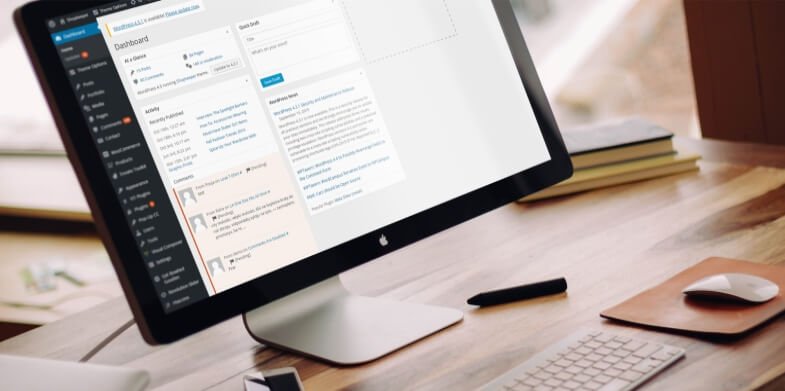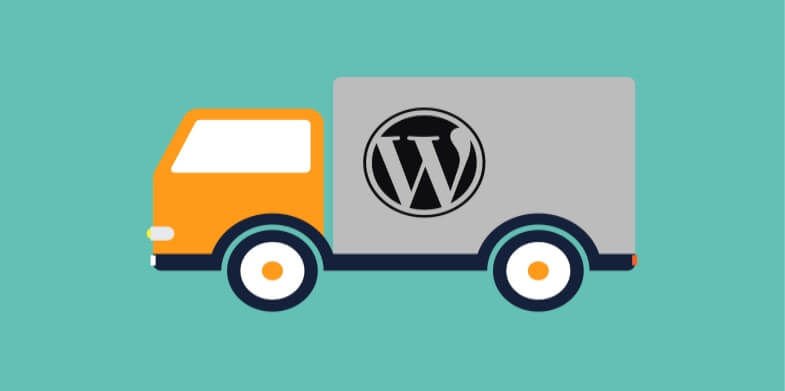
Nobody likes to wait around for a website to load, such that 40% people dump a website which takes over 5 seconds to load.
The slow page loading speeds are particularly crippling for the eCommerce websites. Almost 80% shoppers who are displeased with a website’s performance are lesser likely to purchase from the same website again, while the one second delay reduces client satisfaction by 16%.
Even Google factors website speed in their algorithm while ranking sites. Therefore, if your website loads very slowly, then you can anticipate your Google ranking to fall down and attract less traffic in turn to your website.
Therefore, what can be done to make a site faster? Below are a few wordpress tips to keep a page loading times low and get your website up and running smoothly and quickly.

Choose A Great Host
When beginning, a shared host may appear like a bargain. It comes at a cost: extremely slow website speed and recurrent down time during higher traffic period.
If you plan to publishing popular stuffs, you are killing yourself simply by running your website on shared hosting.
Stress of your website going down after becoming a great feature is sufficient to create some early gray hairs: so do not be a victim, spend in correct hosting.
Begin With Solid Theme/Framework
You may be amazed to hear it, but Twenty Fifteen “framework” is quite speedy and lightweight.
That is because they always keep the “guts” straightforward; compare it to bloated frameworks that have lots of features which you will never utilize slowing your website to a crawl.

Utilize an Excellent Caching Plugin
In case you’ve static images, JavaScript and CSS on your site that change rarely, browser side caching may help make your website snappier.
Caching includes storing parts of the website so they have to be loaded only once rather than every time any user visits your website. Caching is particularly helpful for your returning visitors, along with others who visit numerous pages of your website.
Optimize Homepage To Load Fast
This is not one thing but actually a few simple things that you may do to make sure that your site’s homepage loads rapidly, which perhaps is the most imperative part of your website as people will land there most frequently.
Things you can include:
- Reduce number of the posts on a page
- Show excerpts rather than full posts
- Remove needless sharing widgets from home page
- Remove inactive widgets and plugins that you do not need
- Keep in least! Readers are for content here, not 8K widgets on homepage
- Overall, a focused and clean homepage design will assist your page to not just look good, but also load quickly.

Compress Images
Images usually are the biggest files on a website therefore if they are not compressed, then they can take extremely long to load. Luckily, some great tools are out there to assist you compress the files.
Minify HTML, JavaScript and CSS
In other words, just remove all white spaces from codes where possible.
While tabs and spaces make codes more readable for human beings, browsers and servers couldn’t care lesser provided that it is legitimate and it executes without errors.
Cut Down on the HTTP Requests
Whenever somebody visits any page of your website, the corresponding files should be sent to the individuals’ browser, including CSS files, Javascript library references and images. So if you‘ve a HTML file, five Javascript files, eight images and two CSS files, that is 16 files in total that have to be loaded.
Now by decreasing the number of items in your website’s pages, you may minimize the total HTTP requests which are needed to render any page, speeding up the load times.
A simple way to do so is by simplifying design of your website, and combining files like CSS and scripts. The minify section of W3 Total Cache lets you add your Javascript and CSS files so that you can combine them easily into one file only.
Optimize Database Table
Optimizing your database table is like defragging the computer or changing oil in your vehicle – it’ll help free up your space and keep the database running efficiently. You can manually optimize the database tables with a plugin or using phpMyAdmin.

Use Content Delivery Network
All your favorite blogs are using it and if you’re into web marketing using WordPress, you will not be astonished to hear that a few of your most favorite blogs such as Copyblogger are using CDN’s.
A CDN essentially takes all static files you have got on your website (images, Javascript and CSS etc) and allows visitors to download them as quickly as probable by serving files on the servers as near to them as probable.
Disable Hotlinking & Leeching Of Your Contents
Hotlinking is a kind of bandwidth “theft.” This occurs when other websites directly link to images on your website from their article making your server loads increasingly high.
This may add up as many more people “scrape” the posts or your website (and particularly images) become more famous, as it should do if you make custom images for the site regularly.
Add LazyLoad to images
LazyLoad is a procedure of having the images only above fold load, then, when readers scroll down, other images start loading, just before they appear into view.
This not only will speed you page loading, it also can save bandwidth simply by loading lesser data for the users who do not scroll down on your page.
Conclusion
This was a fast round-up of straightforward measures that you can put into place to accelerate your pages.
Optimizing the website can make a great difference in website speed, encouraging visitors to stick around as well as engage with your contents.
These tips should not take extremely long to put into place and moreover, for the efforts that you put, you will get a speedier website and happier visitors.